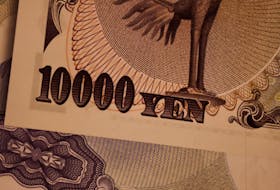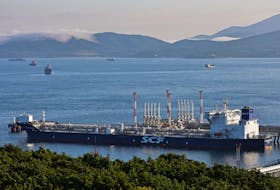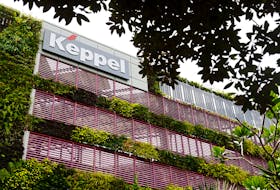ST. JOHN'S, N.L. — There’s going to be some serious digging in Newfoundland and Labrador in 2023 and beyond, if 2022 was any indication.
According to the provincial government, the mineral industry continues to be a key economic driver and attraction for outside investment.
“The estimated activity in 2022 (was) projected to result in over $5.4 billion in mineral shipments, $189 million in exploration expenditures and employment of approximately 8,800 person years,” a recent news release stated.
And the federal government has been noticing what Newfoundland and Labrador can contribute to a future green economy — cleaner oil in the offshore, hydro-electricity potential, an abundance of wind energy opportunities, and a growing awareness of treasures underneath the sod. In addition to traditional mining minerals such as iron ore, nickel and gold, the province is getting noticed for its potential deposits of critical minerals, with a discovery of high-grade lithium in southwestern Newfoundland leading the hype.
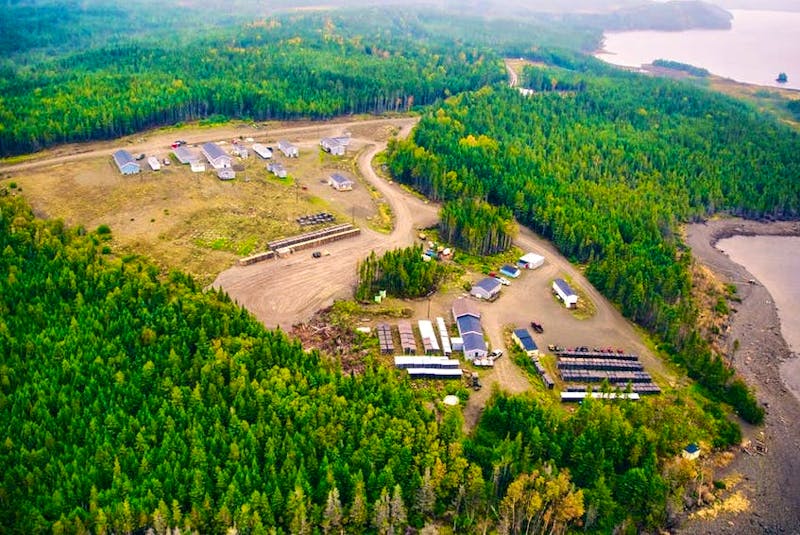
Lithium is used in the manufacturing of rechargeable batteries, such as those used in electric vehicles, and has been identified by the Government of Canada as a critical mineral.
The federal government recently gave the province $5.2 million — to be spread out over the next three years — to deliver two new critical mineral initiatives focused on geoscience and exploration activities.
The funding will support an airborne geophysical survey program to help identify areas in the province for potential critical mineral exploration, and allow the province to beef up its existing Junior Exploration Assistance program and in-kind supports over the three years.
“When you think about the juniors you are often talking about the on-the-ground individuals who are out there traipsing through the province looking for the mineral deposits that are out there. In many cases, these are the people who do the discovery and then it leads further on up the chain," said Andrew Parsons, Minister of Industry, Energy and Technology.
“We are very lucky in this province that we’ve got a long history of prospecting, exploration.”
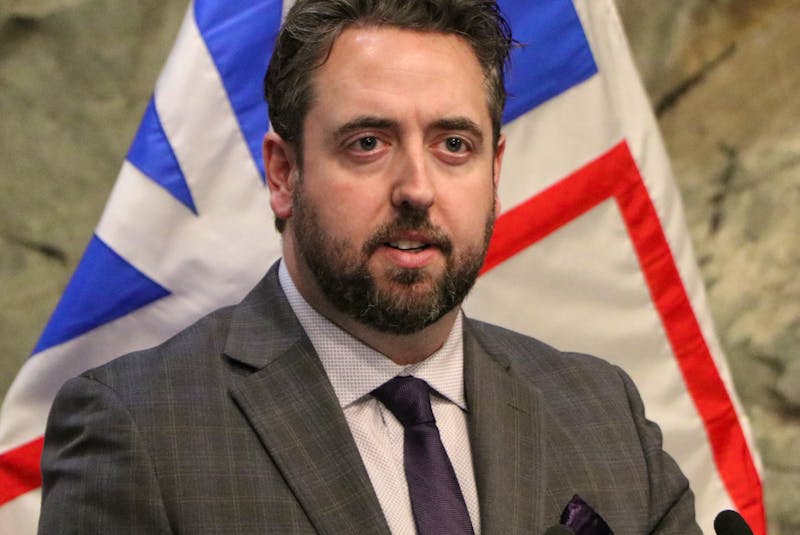
As for metal, there are currently five mines in production in the province: iron ore, nickel, copper, cobalt and gold.
There are other operations that mine pyrophyllite, limestone and dolomite.
Ed Moriarity, executive director of Mining Industry NL, said there is tremendous growth opportunity for mining in the province. He was pleased to see the focus placed on critical minerals and expects to see a huge bump in activity in 2023.
“There is a lot of work in many rural areas of our province being pursued right now from both the exploration side of things and from new developments,” Moriarity said.
“It broadens out our base of activity and provides our industry with new opportunities and focus.”
Critical minerals
According to government documents, Newfoundland and Labrador has additional critical minerals, including tungsten, molybdenum, uranium, vanadium and zinc.
In fact, Canada has identified 31 minerals it considers to be critical, and Newfoundland and Labrador is thought to have at least 24 of those.
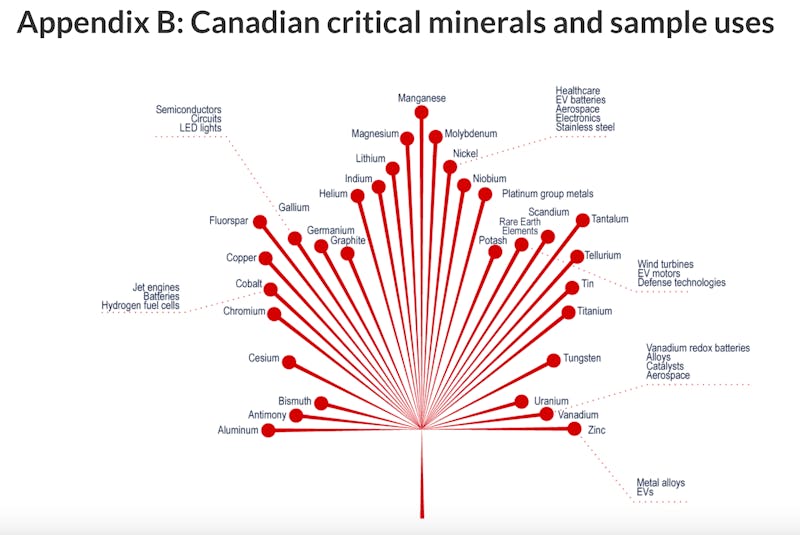
The province’s mineral incentive program — that includes junior exploration assistance and prospector assistance — received over 500 mineral exploration applications with an estimated $189 million spent by industry on exploration activities in 2022.
Those numbers are expected to rise significantly in 2023.
“A lot of people are talking about the gold rush that’s going on here, but the critical mineral rush is something that absolutely gives everybody a lot of excitement,” Parsons said.
“We’ve got a very strong program in the department. A lot of resources are put into identification of the minerals.”
The airborne geophysical survey program will help the province identify areas for potential critical mineral exploration. The surveys capture data remotely from areas where the geology is not well understood due to poor bedrock exposure.
“We know that there is untapped potential right here to discover more of the critical minerals that Canada and the world need to build a greener economy,” said Seamus O’Regan Jr., Minister of Labour and MP for St. John’s South-Mount Pearl.
“We came up with 31 of them that Canada has, that we know we can produce and get to market, that are essential to lowering emissions and building up renewables. You cannot build a wind turbine or a solar panel without mining. All of this, all of our efforts to lower emissions because of climate change, rely on mining.”



